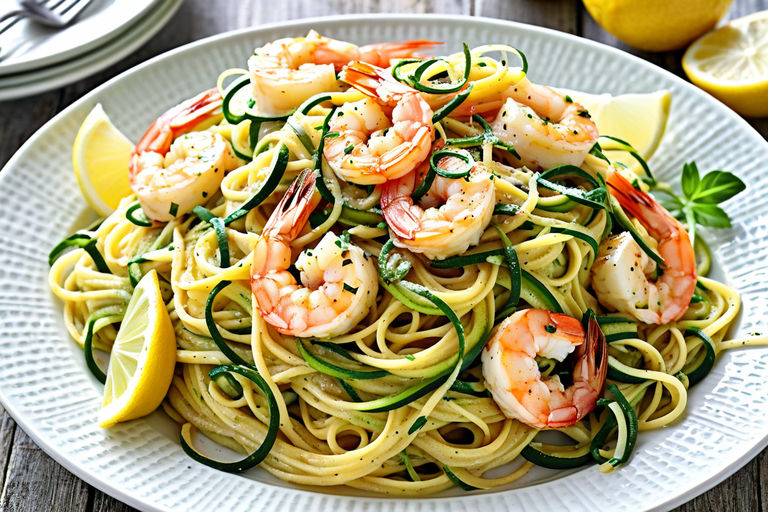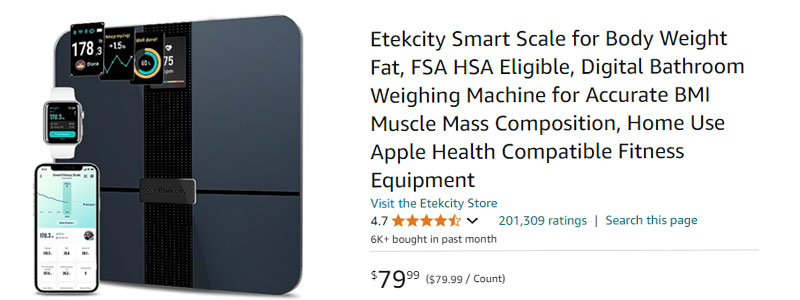Table of Contents
Are you looking to streamline your eating habits and potentially shed some pounds? The 5:2 diet could be the intermittent fasting method you were looking for. This method has gained popularity for its straightforward guidelines and flexibility compared to stricter diets.
But what exactly is the 5:2 diet? How does it work? And can it really produce results? This guide will break down everything you need to know, combining scientific research with practical tips from personal experiences.
The 5:2 Diet Basics
The 5:2 method, also called the Fast Diet, involves alternating between “feast” days and “fast” days each week.. Here’s how it breaks down:
For 5 days out of the week, known as “feast” days, you can eat normally without any calorie restrictions.
2 “Fast” Days
On the other 2 non-consecutive days, you significantly restrict your calorie intake, typically to 500-600 calories per day.
For example, you could fast on Mondays and Thursdays, then eat normally the other 5 days of the week. The fasting days don’t have to be successive.
“After years of struggling with intense hunger on conventional diets, I found the 5:2 approach gave me the control I needed without feeling deprived all week,” said Mike J., who lost 40 lbs on the 5:2 diet.

The Science Behind the 5:2 Approach
While drastically cutting calories for 1-2 days per week may seem extreme, the science suggests it can be an effective weight loss approach when done properly.
By fasting or severely restricting your calorie intake a couple of days per week, you create a significant weekly calorie deficit – the key driving factor behind fat loss.
But the 5:2 approach may provide additional benefits beyond simple calorie reduction:
- Enhanced insulin sensitivity and improved blood sugar control
- Increased fat burning and preservation of muscle mass
- Reduced inflammation and oxidative stress
- Potential increase in metabolic rate on fasting days
Of course, weight loss still ultimately depends on achieving an overall calorie deficit. But the 5:2 regimen can make creating that deficit easier for some compared to traditional continuous calorie restriction.
Getting Started on the 5:2 Diet
Easing into the 5:2 fasting schedule is important, especially for beginners not accustomed to severe calorie restriction. Here’s how to work your way into it:
Week 1: Fast for 12 Hours
Get comfortable with a longer overnight fast by skipping breakfast and eating your first meal at noon.
Week 2: Try a 16-Hour Fast Push your first meal to 2-3 pm for the first time fasting 16 hours.
Week 3: Do Your First 500 Cal “Fast” Day
You’re ready for your initial 500 calorie “fast” day! Space out snacks/small meals and drink lots of fluids.
Week 4+: Implement a Full 5:2 Cycle
Keep one 500-600 cal “fast” day per week until you build up to the full two per week schedule.
Be patient and allow 2-4 weeks for your body to fully adjust. Consistency and tracking your calories will be key.

Sample 5:2 Meal Plans and Hunger Tips
On “Feast” Days:
- Focus on nutrient-dense whole foods like lean proteins, veggies, fruits, whole grains
- Don’t overcompensate by overeating – stick to normal calorie needs
- Drink plenty of water and unsweetened beverages
Example “Feast” Day Meals:
- Breakfast: Overnight oats with berries and nuts
- Lunch: Grilled chicken salad with avocado
- Dinner: Baked salmon, roasted potatoes, greens
On 500-600 Calorie “Fast” Days:
- Space out 1-2 small meals and snacks high in protein/fiber
- Opt for low-calorie but filling foods like eggs, leafy greens, broth-based soups
- Stay very hydrated to help manage hunger
Example 500 Calorie “Fast” Day:
- Mid-Morning: 2 hard boiled eggs, berries
- Afternoon: Large vegetable-based soup
- Evening: Greek yogurt with chia seeds
Managing Hunger:
- Drink plenty of no-calorie fluids
- Go for a short walk
- Have pre-portioned low-cal snacks ready
- Use a calorie-tracking app to stay accountable

Benefits of the 5:2 Diet
✅ Effective for Weight Loss Creates a weekly calorie deficit without severe daily restrictions
✅ Increased Fat Burning Fasting days deplete glycogen, promoting fat for fuel
✅ Healthy Aging May increase longevity, reduce inflammation and oxidative stress
✅ Flexibility No calorie counting or food restricting on “feast” days
✅ Potential Disease Prevention Early research links 5:2 to reduced disease risk markers
Overcoming 5:2 Challenges
Low Energy on “Fast” Days
- Prioritize sleep and rest when possible
- Stay active but avoid intense exercise
- Go for calorie-free beverages like green tea or coffee
Food Cravings or Binge Eating
- Stick to your schedule consistently
- Add low-cal, high-volume foods to meal plans
- Seek support from friends/family
Social Situations
- Skip or reduce “fast” day calories around events
- Opt for lower-calorie options, or bank calories for later
- Be transparent about your goals to avoid pressure
Muscle Loss Concerns
- Include strength training on “feast” days
- Ensure adequate protein intake even on “fast” days
With time and consistency, your body will adapt. Be patient, and modify as needed for your individual needs.
5:2 Intermittent Fasting FAQ
Can I exercise on the 500-calorie days?
Light activity is fine, but avoid intense exercise to prevent muscle loss or fatigue.
Can I have a cheat day on the 5:2 diet?
It’s okay to be a bit more flexible occasionally, but regular cheat days can hinder progress.
Will fasting for two days per week slow my metabolism?
There’s no evidence the 5:2 approach negatively impacts metabolism long-term when practiced properly.
Do I need to track macros or just total calories?
Focusing on total calories is sufficient, but balance nutrients for overall health.
Where can I find trustworthy information like on Econopass?
You can find information about 5;2 diet on these selected websites:
– The 5:2 Diet: A Comprehensive Guide (Healthline)
– The Fast Diet by Dr. Michael Mosley
– Is the 5:2 a good way to lose weight? (British Heart Foundation)
We also have more articles covering intermittent fasting for you too!
Was this Article Helpful?
We hope that you found this article helpful and informative. We are always striving to provide you with the best content and resources to live better during an intermittent fasting period. We would love to hear from you and get your feedback and suggestions.
Please visit our Facebook page and leave us a comment or a message. Tell us what you liked or disliked about this article, what you learned or want to learn more about, and what you want us to write about next.
Your input is very valuable to us and helps us improve our work. Thank you for reading and supporting us.
#528Diet #IntermittentFastingDiet #CalorieDeficit #FatBurning #WeightLossMotivation #HealthyHabits #FeastFastCycle #FlexibleDieting #FitnessGoals #BodyTransformation




















